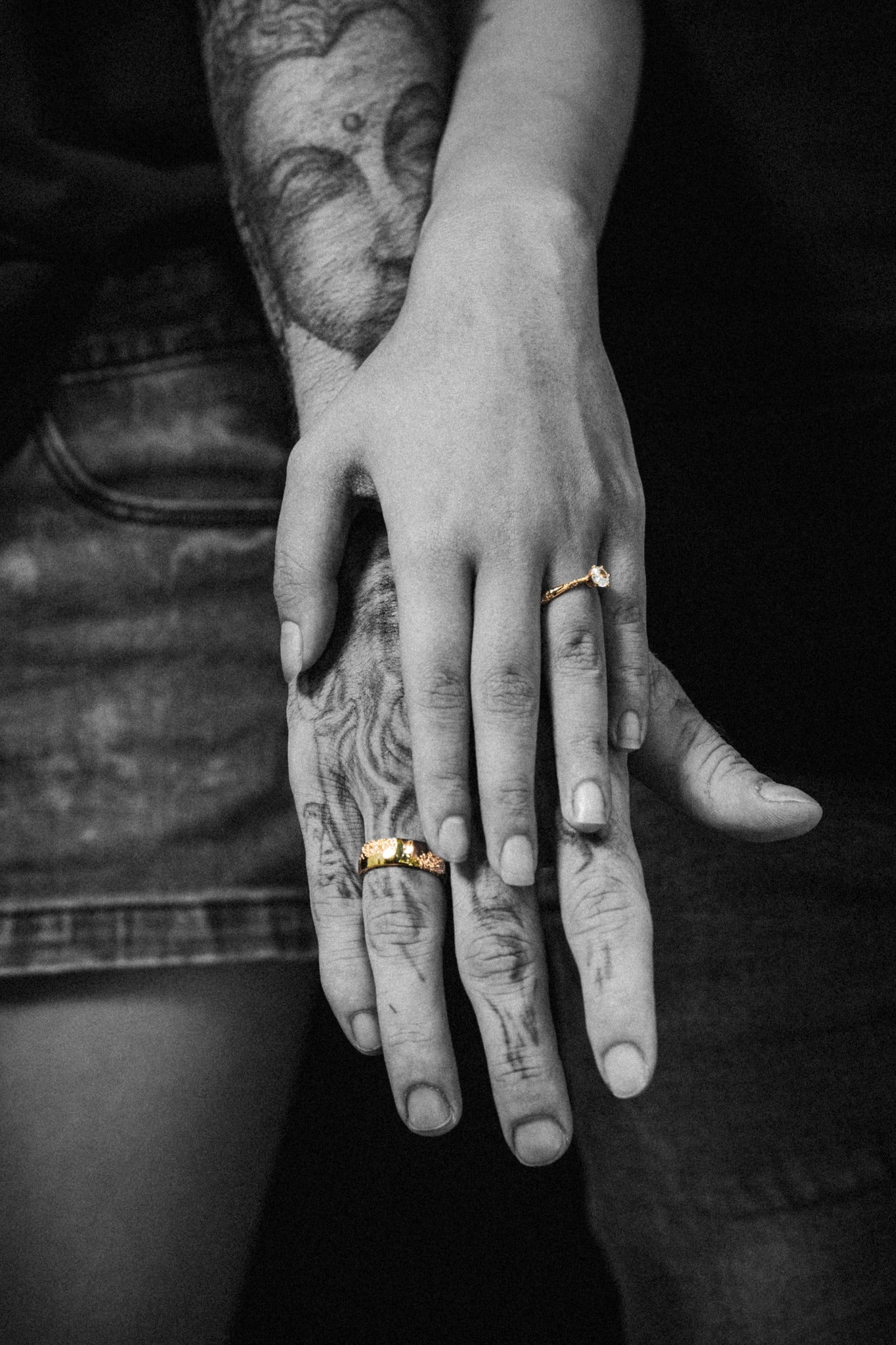Have you ever heard of the term "gay ear"? It refers to the belief that a man who wears an earring on his left ear is gay. This stereotype has been around for decades, but where did it come from? Is there any truth behind it? In this article, we will delve into the controversy and science behind the "gay ear" and see if there is any validity to this belief.
The Origins of the "Gay Ear" Stereotype
The origins of the "gay ear" stereotype can be traced back to the 1960s and 1970s when the LGBTQ+ community was gaining more visibility and acceptance. During this time, wearing an earring on the left ear was seen as a symbol of rebellion and non-conformity. It was also a way for gay men to discreetly signal their sexual orientation to others in the community.
However, in the 1980s, the AIDS epidemic hit and the stereotype took on a darker meaning. The media began associating the left earring with being HIV-positive, leading to the belief that a man wearing an earring on his left ear was not only gay but also infected with the virus. This further perpetuated negative stereotypes and discrimination against the LGBTQ+ community.
The Science Behind the "Gay Ear"
There have been various studies conducted to determine if there is any scientific basis for the "gay ear" stereotype. One study published in the Archives of Sexual Behavior in 1993 found that gay men were more likely to have their left ear pierced than straight men. However, the study had a small sample size and did not take into account other factors such as cultural and societal norms.
Another study published in the Journal of Homosexuality in 2002 found that gay men were more likely to have their right ear pierced than straight men. This contradicts the "gay ear" stereotype and suggests that there is no correlation between sexual orientation and which ear a man chooses to pierce.
The Role of Society and Culture
It's important to note that the "gay ear" stereotype is heavily influenced by societal and cultural norms. In some cultures, wearing an earring on either ear is seen as a fashion statement and has no association with sexual orientation. In others, it may be seen as taboo for men to wear earrings at all.
Furthermore, the perception of what is considered masculine or feminine also plays a role in this stereotype. In Western societies, men wearing earrings are often seen as breaking traditional gender norms, which can lead to assumptions about their sexual orientation.
Debunking the "Gay Ear" Stereotype

Despite the lack of scientific evidence, the "gay ear" stereotype continues to persist. However, it's important to recognize that stereotypes are harmful and can lead to discrimination and prejudice. The truth is, a person's sexual orientation cannot be determined by which ear they choose to pierce.
Moreover, the LGBTQ+ community is diverse and individuals within the community may express their identity in different ways. Assuming someone's sexual orientation based on their appearance is not only inaccurate but also disrespectful.
Frequently Asked Questions
What is the origin of the "gay ear" stereotype?
The "gay ear" stereotype originated in the 1960s and 1970s when wearing an earring on the left ear was seen as a symbol of rebellion and non-conformity within the LGBTQ+ community.
Is there any scientific basis for the "gay ear" stereotype?
There have been various studies conducted, but none have found a direct correlation between sexual orientation and which ear a man chooses to pierce.
Why does the "gay ear" stereotype still persist?
Stereotypes are deeply ingrained in our society and can be difficult to break down. It's important to continue educating others and promoting acceptance and understanding.
Can a person's sexual orientation be determined by their appearance?
No, a person's sexual orientation cannot be determined by their appearance. Sexual orientation is a complex and personal aspect of one's identity and should not be assumed based on stereotypes.
How can we combat the "gay ear" stereotype?
We can combat the "gay ear" stereotype by promoting individual expression, breaking down gender norms, and educating others on the harmful effects of stereotypes. Acceptance and understanding are key in creating a more inclusive society.
In conclusion, the "gay ear" stereotype has no scientific basis and is heavily influenced by societal and cultural norms. It's important to recognize that stereotypes are harmful and can lead to discrimination and prejudice. By promoting acceptance and understanding, we can create a more inclusive society where individuals are free to express themselves without fear of being stereotyped. Let's break down these harmful stereotypes and embrace diversity and individual expression.






